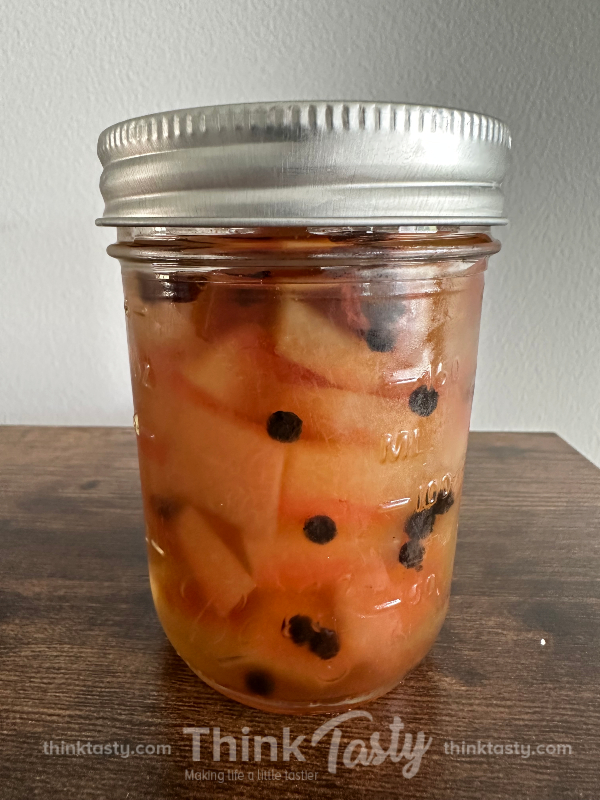
When you describe something you talk about as ‘bread and butter,’ you are actually pointing out how essential something is in your life. This phrase has a symbolic meaning that explains the point of the food without which you can’t make most cakes, and it is a basis of a good breakfast. Of course, it’s butter.
This creamy dairy product goes well with salty and sweet foods. It is one of those foods that can turn an ordinary meal into a culinary masterpiece. But a few decades ago, butter was often blamed for a whole range of diseases, from obesity to heart problems. Luckily, scientists resolved that misunderstanding, so this yummy dairy product is in the category of healthy food again.
As more and more people have doubts about industrial butter, they opt for DIY versions that are tastier and healthier than store-bought. These are excellent ways to increase the flavor of all your dishes, pastries, and desserts. If you haven’t tried churning butter yourself, give it a try for a change. You’ll be pleasantly surprised at how easy it is, and you’ll soon be using your butter churn whenever you have some spare time.
Use Quality Ingredients
Homemade butter tastes much better and has many more health benefits than most commercial products. Although they can be enriched with vitamins, these dairies usually contain additives, preservatives, coloring, and other artificial things harmful to the body. Homemade butter doesn’t include any of these.
The base of this dairy is actually made up of a single ingredient, and that is cream. Many people think that raw milk can be used as a substitute, but they are wrong. You can use raw milk only if you make cream from it beforehand.
If you go the short route, buy a quality cream from a trusted manufacturer. Keep in mind that it must be of animal origin, i.e., 100% dairy. Always choose full-fat products and use them at room temperature. Vegetable alternatives for heavy cream are not fatty enough to make good butter, and they are not too tasty. If you don’t know which store-bought cream is the best, simply make it at home.
DIY Cream for Basis
The cream is made from raw milk, and it is the fat that separates on the surface. To get this, pour milk into a wide, shallow bowl. Depth should be about an inch. Leave the milk to stand overnight in a cool place, but not in the refrigerator. The next day, carefully pick up the fat with a large spoon and pour it into a bowl.
Keep in mind that a gallon of milk gives about a quarter gallon of cream. When you have poured the fat, i.e., cream into the bowl, start stirring it. You can do that by hand or using a mixer. First, you will get fresh whipped cream, which you can also use for cakes. If you move on with stirring, you will see the butter lumps separating on the walls.
Draining Matters
Drain the liquid that has formed along with butterfat. Fill the bowl with cold water, then continue to stir. Drain the water and refill. Repeat this procedure a few more times to drain the liquid and remove all those milky residues. Leave only those fatty lumps. Form the ball out of them and squeeze it again. Wrap it in gauze or foil and keep it in a container in the fridge.
Use Low Speed
Your ancestors used wooden churns to make butter. Even today, these tools are represented; they just have a more modern look. If you can’t get one of these handy tools, manual work is a good replacement. If you don’t want to bother, the mixer will help as well.
Yet, be careful about speed. When making butter, always use the lowest speed and even movements. In this way, you properly break up the lumps that form during mixing, and you get a smooth, easily spreadable butter. Plus, it won’t splash all around.
Many people think that lumpy homemade butter is less rich than those in commercial packages. That’s not true. Although the texture may differ since your homemade spread is not machined, its flavor and nutritional content are still rich. Homemade butter can’t be low-fat or ‘light’ as some industrial ones.
Add Some Culture
No, that doesn’t mean you should read Bukowski while churning butter in your kitchen. The addition of culture refers to good bacteria from dairy products such as yogurt or buttermilk. You’ll need maybe a spoon or two for a quarter of a gallon of cream. Leave it at room temperature for up to two days.
More information about the benefits of good bacteria found on the following source:
https://www.healthline.com/nutrition/8-health-benefits-of-probiotics
You know it’s ready when cream turns into a thick, tangy milky sauce. The further procedure is the same as with churning non-cultured heavy cream. It is good to line the bowl with plastic foil if you mix it in a stand mixer. That will make the fatty lumps easier to pick up.
Vegan Alternative

If you’re looking for a dairy-free butterfat recipe, try using soy or almond milk for making cream. Unlike regular butter, you will need other ingredients like canola and coconut oil, vinegar, and salt. You must know that the final result won’t be an easy-to-shape mixture but more of a creamy spread. But it won’t lack the taste for sure.
Add Spices Later
Making butter at home is an excellent idea because you can control the quality and the taste. You can also experiment with adding some herbs and spices for leveling this spread up. You can use onion, basil, oregano, parsley, or any other herb or dried spice. Just make sure you add them after draining the fatty mixture completely.
No matter which recipes you choose, you’ll discover that homemade butter is tastier and healthier than anything you could get at the store. These tips will help you make the best breakfast spread and provide maximum flavor.




